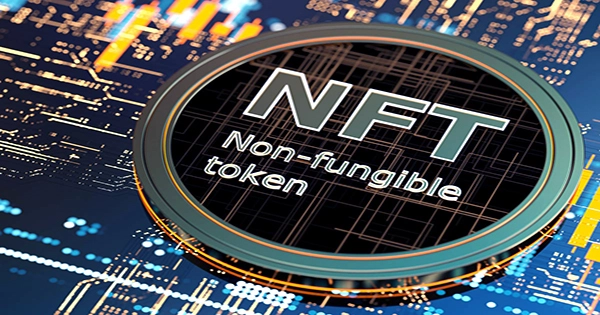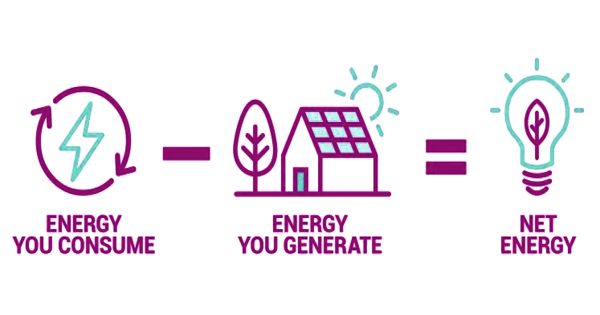Spintronics, also known as spin electronics, is the study of the intrinsic spin of the electron and its associated magnetic moment in solid-state devices, in addition to its fundamental electronic charge. Spintronics is concerned with spin-charge coupling in metallic systems, whereas multiferroics is concerned with analogous effects in insulators.
It is a branch of science and technology that focuses on using electron spin as a fundamental property, in addition to charge, for information processing and storage. Unlike traditional electronics, which rely solely on electron charge to carry and manipulate information, spintronics uses both electron charge and spin to enable new functionalities and potentially more efficient devices.
Spin refers to the intrinsic angular momentum of electrons in spintronics, which can be thought of as a tiny magnetic moment associated with each electron. Similar to the concept of electron charge in traditional electronics, the two possible spin states, “up” and “down,” can be used to represent binary information (0 and 1).
Spintronics differs fundamentally from traditional electronics in that, in addition to charge state, electron spins are used as an additional degree of freedom, with implications for data storage and transfer efficiency. Spintronic systems, which are of particular interest in the fields of quantum computing and neuromorphic computing, are most commonly realized in dilute magnetic semiconductors (DMS) and Heusler alloys.
The spin valve, which is made up of two ferromagnetic layers separated by a non-magnetic spacer, is an important component in spintronics. The resistance of the spin valve to electron passage is determined by the relative orientation of the magnetization in the two layers. This resistance can be changed by shifting the magnetization’s relative orientation, allowing for control and manipulation of electron spin.
Spintronics may have several advantages over traditional electronics. For starters, it provides non-volatile memory, which allows information to be stored without the need for continuous power supply. Because electron spin can be maintained even when the power is turned off, it is suitable for applications such as magnetic random-access memory (MRAM).
Second, spintronics has the potential to reduce the amount of power consumed by electronic devices. Spintronic devices can operate at lower power levels than traditional electronics because they use the spin of electrons, which can be manipulated without the need for large currents. Furthermore, spintronics has the potential to make data transfer and processing faster and more efficient. Spin-based devices may be able to overcome the limitations of electron charge-based devices, such as heating and resistance at smaller scales.
Exploration of new materials and phenomena is also a part of spintronics research. Topological insulators, for example, have been studied for their potential applications in spintronics due to their strong spin-orbit coupling. These materials have unique properties that enable efficient spin current generation, manipulation, and detection.
Overall, spintronics is an exciting and rapidly evolving field with the goal of revolutionizing electronics by harnessing electron spin for information processing, storage, and communication. While challenges remain and practical implementations must be developed, spintronics holds great promise for future technological advancements.















